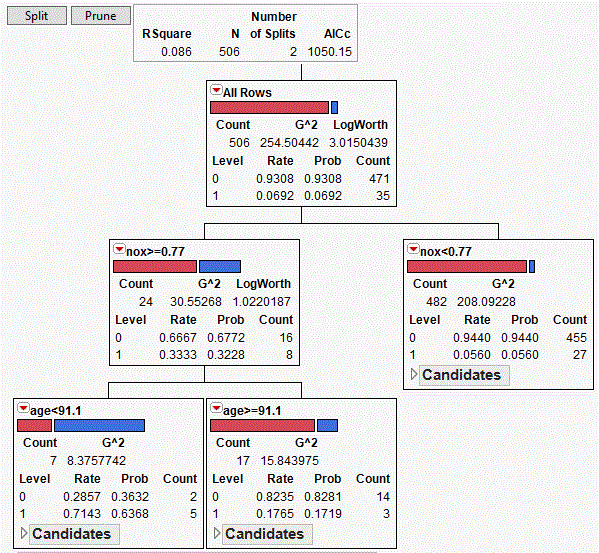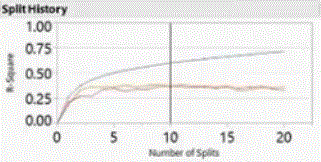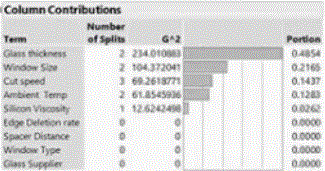Publish R Markdown Document on WordPress
It is possible to write R Markedown then publish it on a web site in WordPress. WordPress is a software that manage the interraction between web visitors and the web server. It functions analogous to Php. Website owner do not need to know Php in order to have a website running. The Rmarkdown package posts raw Rmarkdown files to WordPress software directly by running a R files within RStudio. Running this code after saving the “post.RMD” in the same directory,
options(WordPressLogin=c(your_own_user_name='your_password'),
WordPressURL='https://yourwordpressaddress.com/xmlrpc.php')
knit2wp(input='post.RMD', title = 'RWordPress Package',post=FALSE,action = "newPost")
This uploads the .Rmd file “post.RMD”. Next the website owner will need to log into the admin page of the WP site, click this file, then push the Publish button to publish the document.
After publication the owner will use “post id” to update this post. The post id can be found in the edit article URL. Once you are in the post editor, view the post's URL in your web browser's address bar to find the ID number. For example, the URL for this post is
http://researchnology.com/wp-admin/post.php?post=378&action=edit
here the post id is “378”. To post an edit of ths document, issue this command in R
knit2wp(input='post.RMD', title = 'RWordPress Package',post=FALSE,action = "editPost",postid=378)
That's all to it. The Rworldpress package is not actively maintained as of Dec. 21, 2021. So if WordPress makes any change in the future, the above steps may fail. R package “blogdown” was said to have some functions similar to Rwordpress. Let's check it out.
Note this article itself is an R Markdown document. For more details on using R Markdown see http://rmarkdown.rstudio.com. You can embed an R code chunk like this:
summary(cars)
## speed dist ## Min. : 4.0 Min. : 2.00 ## 1st Qu.:12.0 1st Qu.: 26.00 ## Median :15.0 Median : 36.00 ## Mean :15.4 Mean : 42.98 ## 3rd Qu.:19.0 3rd Qu.: 56.00 ## Max. :25.0 Max. :120.00
Including Plots
You can also embed plots, for example:
Note that the echo = FALSE parameter was added to the code chunk to prevent printing of the R code that generated the plot.



